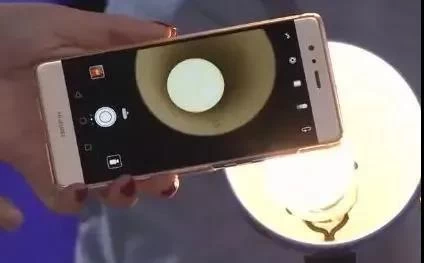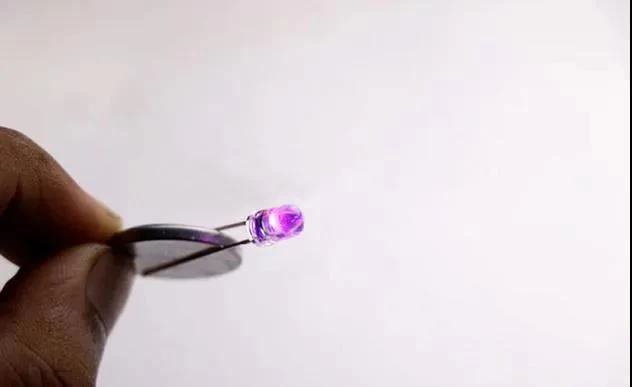Why do LED lights flicker on cameras?
The "stroboscopic effect" is a perceptible flickering effect that usually occurs when the phone is shooting towards an LED light source.
Have you ever seen a strobe image of a cell phone camera taking an LED light source, but it looks fine when viewed directly by the naked eye? You can do a very simple experiment by turning on your phone's camera and pointing it at an LED light source. If your car has fluorescent lights, this strange phenomenon can be easily observed with a smart camera camera.

In fact, the LED light flashes at a rate that is imperceptible to the human eye, and car critics often find themselves in a situation where, when a car is photographed, the fluorescent lights turn on, and the result is frustrating. The stroboscopic effect can be simply explained as a clash of lights.
What is the stroboscopic effect?
If you look through the physics books of the past, you'll see that people often have a tendency called "visual transient," where we continue to perceive things even when they're no longer in front of us, and we see "persistent images," rather than a set of discrete, still images.
The LED light source flashes at a high frequency that is imperceptible to the naked eye, so we see the light on until we turn the power off completely. Similarly, video is actually a series of images captured in quick succession, measured in frames per second, and when we play a game together, this constant vision tricks our brains into seeing events on the screen as a continuous fluid movement.
When the number of frames per second exceeds the frequency of the LED light source, mobile phone cameras show a significant flickering effect, which is known as the stroboscope effect.
The LED blinks when it switches quickly between on and off, depending on the nature of the current supplied to it. Typically, LED lights flash at such a high rate that they are not directly detectable by the human eye, or invisible to the naked eye, so one can rest assured that any visible camera flicker is actually the light working properly, and that the only thing that should be of concern is the human blink. However, it is a very broad statement to say that leds are always blinking when they are running.

DC power supply
When a DC power source provides power to an LED lamp, the DC power source is usually a battery. The LEDS are always charged in the diode, so they constantly release light energy and remain switched on until the circuit is disconnected. When a phone camera takes a picture of an LED light powered by direct current, the picture will flash continuously.
The AC power
Alternating current is usually provided by a power source such as a wall socket. In essence, alternating current is turned on and off twice and three times in a cycle, so the excited electrons consume all their energy as light, return to the electronic shell three times, and then get excited again. As a result, an LED light connected directly to an AC power source will flash in the video.
However, it is not feasible to connect the LED lamp directly to the AC power supply, which leads to a significant reduction in LED lamp life due to switching state cycles. So they're connected to a regulator called a "driver," which converts alternating current to direct current before wiring them to connect lights, and leds running through the driver don't show flashes.
Pulse-width modulation
With the continuous development of transmission technology, the LED lights LED to cell phone camera stroboscopic not only completely due to ac or dc power supply, power supply by the driver of LED light flickers, in order to achieve the effect of reducing power consumption, the power supply can be bundled into discrete pulse current, rather than a continuous power supply, this is called pulse width modulation, commonly used in automobile fluorescent lamp.

Can stroboscopic stop?
Stopping the stroboscope itself is very unhelpful, however, the irritating stroboscope effect is what we are trying to eliminate, and while eliminating the stroboscope effect is an incredibly precise task, it can easily be reduced by adjusting the frame rate and shutter speed.
Except in the US, ac is supplied at a frequency of 50 Hertz, which means the current can change 50 times in a second between turning it on and turning it off. By adjusting the camera parameters, that is, shutter speed and frame rate to multiples or fractions of 50, the strobe effect can be significantly reduced.
Some LEDS are driven to control the flicker rate by adjusting their switching cycle. If the flicker rate is adjusted to exceed the camera frame rate, the stroboscopic effect can be effectively eliminated.
Does an incandescent light bulb blink?
Like leds, incandescent bulbs switch on and off in alternating current, meaning that when off, the filament in the bulb is not sufficiently cooled, which would not be noticeable on a cellphone camera. As a result, it would not be possible to see an incandescent bulb flicker on a cellphone camera.

